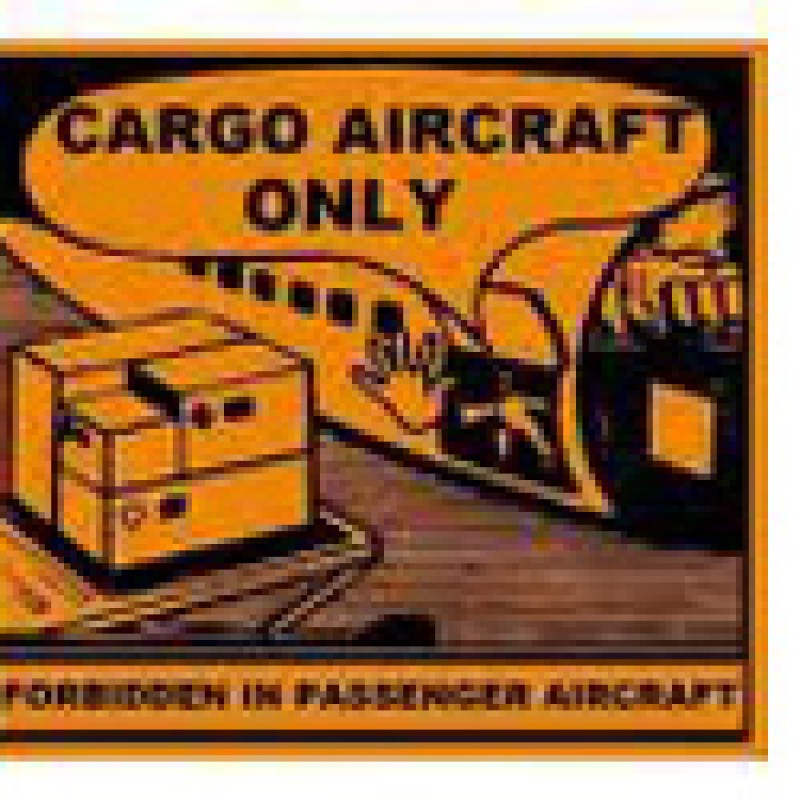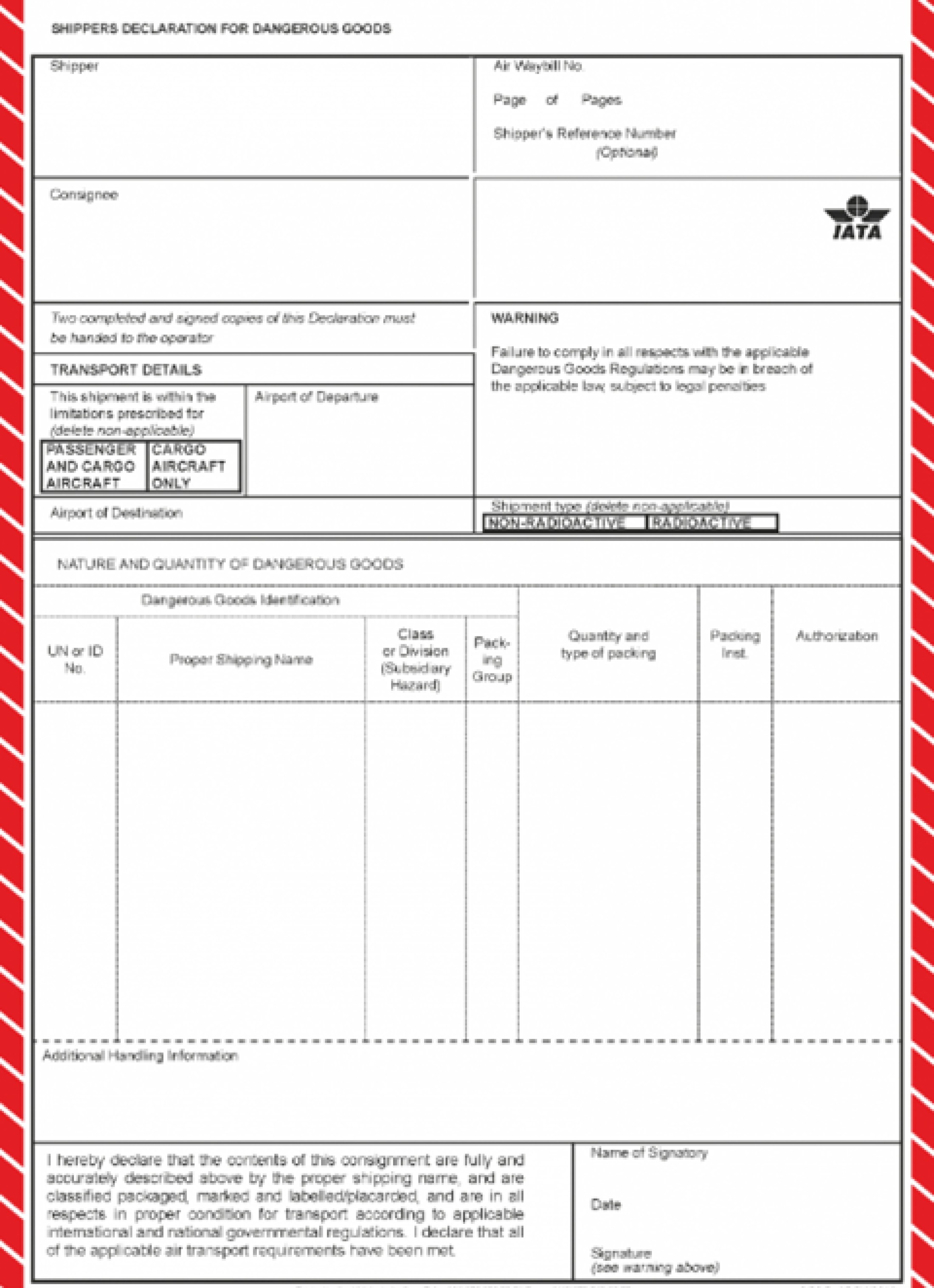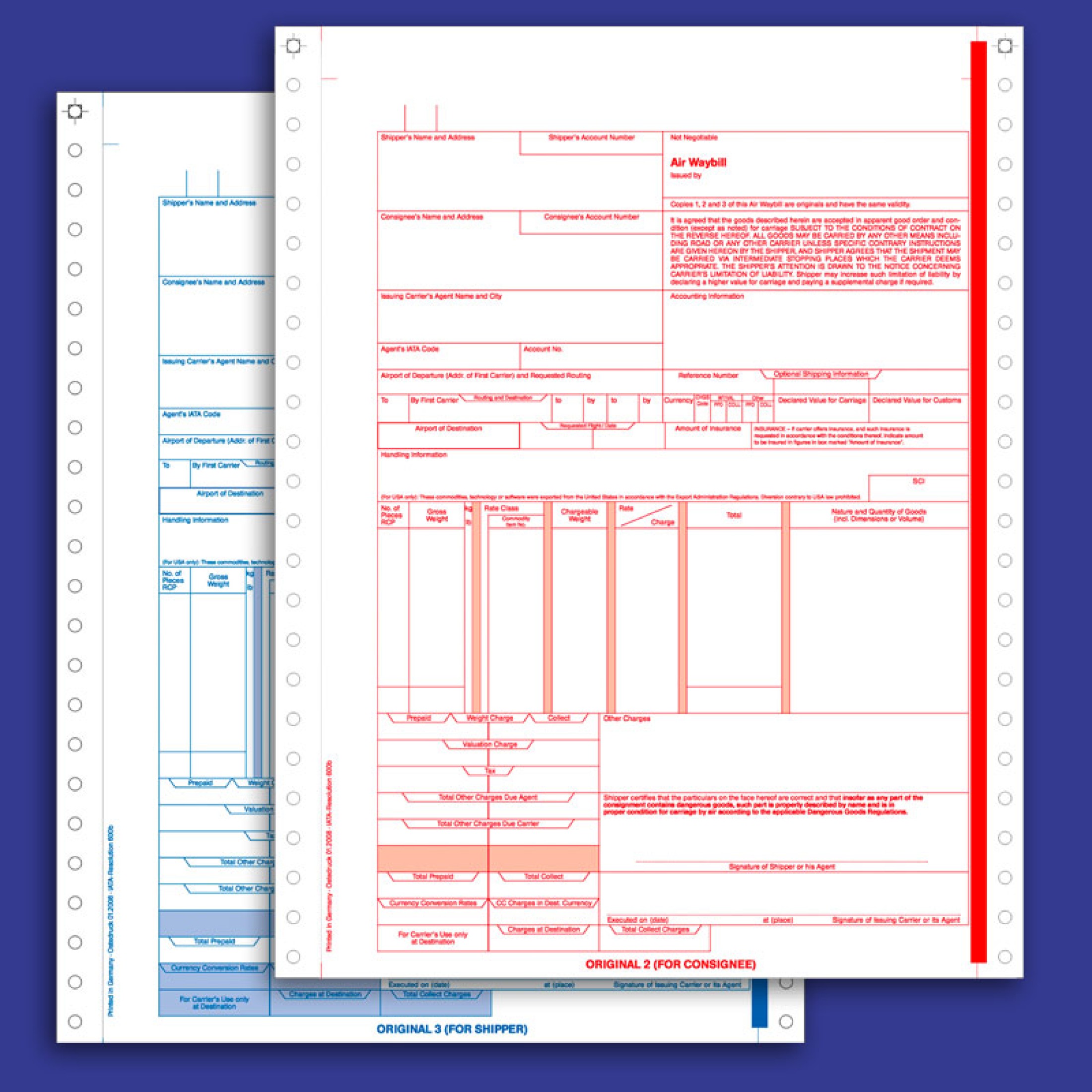Dangerous Goods
Definition of Dangerous Goods?
Dangerous Goods are articles or substances which are capable of posing a risk to health, safety, property or the environment and which are shown in the list of dangerous goods in the ICAO Technical Instructions, or which are classified according these Instructions.
Legal Basis
National legal foundations - respectively relevant version:
Gefahrgutbeförderungsgesetz (GGBG)
Gefahrgutbeförderungsverordnung (GGBV)
Luftfahrtgesetz (LFG)
Erlässe
International legal basis:
ICAO Annex 18
ICAO Technical Instructions for the Safe Transport of Dangerous Goods by Air
These Technical Instructions are also used by the International Air Transport Association (IATA) and are fully reflected in the IATA Dangerous Goods Regulations (IATA-DGR), which are published annually.
Dangerous Goods Overview
(Classification, Proper Shipping Name and UN-Numbers, Packaging Specifications, Marking and Labelling, Documentation)
Classification, Marking and Labelling of Dangerous Goods
Dangerous Goods are defined as those goods which meet the criteria of one or more of nine UN hazard classes. Some of these hazard classes are divided furthermore into subclasses called Divisions.
Each Class or Division has a dedicated hazard label, which the shipper has to place on the surface of the outer packaging.
Hazard Label | Class/Division |
Class 1 - Explosives, articles and substances are assigned to one of six divisions and to one of thirteen compatibility groups. Not all compatibility groups are to be found in all divisions.
Only explosives in Division 1.4, compatibility
group S are permitted on passenger aircraft.
Only explosives in Division 1.3, compatibility
groups C and G and Division 1.4, compatibility groups B, C, D, E, G and S are permitted on a cargo aircraft. (Approvals or Exemptions are often necessary).
Example:
1.4 S (RXS) articles and substances that present only a small hazard in the event of ignition or initiation during transport (cartridges for weapons).
Class 2 - Gases, compressed, liquefied, dissolved, refrigerated liquefied gases; mixtures of one or more gases with one or more vapours of substances of other classes; articles charged with a gas, and aerosols.
This class has three Divisions:
2.1 Flammable Gas (RFG) - gases which at
20°C and a standard pressure of 101,3 kPa are ignitable when in a mixture of 13 % or less by volume with air; or have a flammable range with air of at least 12 percentage points regardless of the lower flammable limit, e.g. Propane, Butane
2.2 Non-flammable, Non-toxic Gas (RNG or RCL) - gases which are asphyxiant, oxidizing or do not come under the other divisions,
e.g. carbon dioxide, compressed gas
2.3 Toxic Gas (RPG) - gases which are known to be so toxic or corrosive to humans as to pose a hazard to health or are presumed to be toxic or corrosive to humans, e.g. carbon monoxide
Class 3 - Flammable Liquids, includes the following substances:
Flammable Liquids (RFL) - Liquids or mixtures of liquids or liquids containing solids in solution or in suspension, e.g. paints, lacquers
Liquid desensitized explosives (RFL) - are explosive substances which are dissolved or suspended in water or other liquid substances, to form a homogeneous liquid mixture to suppress their explosive properties, e.g. Nitroglycerin solution in alcohol max. 1 %
Class 3 has no divisions, flammable liquids are assigned to packing groups according to the flash point and the boiling point of the liquid
(ICAO Technical Instructions Table 2-4)
Class 4 - Flammable Solids; Substances Liable to Spontaneous Combustion; Substances which in Contact with Water, Emit Flammable Gases
Three Divisions:
4.1 Flammable Solids; Self-reactive Substances; and Desensitized Explosives:
Flammable Solids (RFS) - are readily combustible solids and solids which may cause fire through friction, e.g. Matches, Phosphorus amorphous
Self-reactive Substances (RFS) - are thermally unstable substances liable to undergo a strongly exothermic decomposition even without the participation of oxygen (air) e.g. Benzenesulphonyl hydrazide
Solid Desensitized Explosives (RFS) - are explosive substances which are wetted with water or alcohols or are diluted with other substances to form a homogeneous solid mixture to suppress their explosive properties, e.g. Ammonium picrate, wetted
4.2 Substances Liable to Spontaneous Combustion (RSC) - are liable to spontaneous heating under normal conditions encountered in transport, or to heating up in contact with air, and being then liable to catch fire, e.g. Phosphorus white and yellow
4.3 Substances which, in Contact with Water, Emit Flammable Gases (RFW) - Substances, which, by interaction with water, are liable to become spontaneously flammable or to give off flammable gases in dangerous quantities,
e.g. Sodium, Potassium
Class 5 - Oxidizing Substances and Organic Peroxides
Two Divisions:
5.1 Oxidizing Substances (ROX) - are substances which, in themselves are not necessarily combustible, but may generally cause or contribute to the combustion of other material by yielding oxygen, e.g. whitener, chlorates
5.2 Organic Peroxides (ROP) - are thermally unstable substances which may undergo exothermic, self-accelerating decomposition. In addition, they may have one or more of the following properties: be liable to explosive decomposition, burn rapidly, be sensitive to impact friction, react dangerously with other substances or cause damage to the eye, e.g. Dibenzoylperoxide, Cyclohexanone peroxides
Class 6 - Toxic and Infectious Substances
Two Divisions:
6.1 Toxic Substances (RPB) - which are liable to cause death or injury or to harm human health if swallowed, inhaled or contacted by the skin, e.g. Arsenic, Nicotine. Packing Groups must be allocated by using the LD50 - or LC50 - value (ICAO Technical Instructions Table 2-8)
6.2 Infectious Substances (RIS) - are know or are reasonably expected to contain pathogens. Pathogens are defined as micro-organisms and other agents such as prions, which can cause disease in humans or animals, e.g. HIV, parasites, fungi
Class 7 - Radioactive Material (RRW, RRY) means any material containing radionuclides where both the activity concentration and the total activity in the consignment exceed the values specified in Table 2-12 of the ICAO Technical Instructions.
Radioactive material must be assigned to one of the proper shipping names/UN numbers specified in Table 2-11 of the ICAO Technical Instructions, depending on the activity level of the radionuclides, the type of package to be presented for transport, and the nature or form of the contents of the package, or special arrangements governing the transport operation.
A distinction is drawn between:
Excepted Package
Low Specific Activity Material (LSA)
Surface Contaminated Objects (SCO)
Type A Package
Type B(U) Package
Type B(M) Package
Type C Package
Radioactive Material under Special Arrangement
Uranium Hexafluoride
Class 8 - Corrosives (RCM) - Substances which by chemical action, can cause severe damage when in contact with living tissue or, in the case of leakage will materially damage or even destroy, other goods or the means of transport, e.g. acids, Benzotrichloride
Class 8 has no divisions; the packing group
must be assigned based on corrosivity
(ICAO Technical Instructions Part 2; 8.2.5).
Class 9 - Miscellaneous Dangerous Goods (RMD) - Articles and substances, which during
air transport, present a danger not covered by other classes, e.g. engines (internal combustion), vehicles, consumer commodity, dry ice,
magnetized material.
Class 9 - Lithium batteries or Sodium ion batteries
Handling Labels
A warning label, which indicates that this shipment is prohibited to be loaded on passenger aircrafts
Additional label for Division 2.2
(refrigerated liquefied gases)
Must be used instead of the
„Miscellaneous Dangerous Goods“ label
Proper Shipping Name
Dangerous Goods must be assigned to one of the approx. 3000 proper shipping names shown in the List of Dangerous Goods (blue pages). ICAO Technical Instructions
(Table 3-1) or 4.2 of the IATA DGR. The proper shipping name is shown in bold type. Portions of an entry appearing in lightface type do not need to be considered as part of the proper shipping name but may be used. Every proper shipping name is allocated to a serial number of the UN-Classification (UN-number, ID-number).
Maximum Quantity per Package
The List of Dangerous Goods (blue pages) of the ICAO Technical Instructions (Table 3-1) or 4.2 of the IATA DGR shows the maximum net quantity and in some cases the maximum gross quantity (G) per package for passenger and cargo aircrafts.
Packing
It is the shipper’s responsibility to ensure that the dangerous goods are packaged in compliance with all the applicable air transport requirements (ICAO Technical Instructions Part 5; 1.1 c). Dangerous Goods mostly have to be packaged in UN specification packagings. These packagings have been manufactured and tested in accordance with the UN specifications and tests, must bear markings which are durable, legible and placed in a location and of such size relative to the package as to be readily visible, for example:
4G / X 25 / S / 10 / F / PCB-13d
For Dangerous Goods in „limited Quantities“ (Y-Packing Instructions) UN specification packagings are not required, however the shipper has to perform a drop and a stacking test.
Some Dangerous Goods do not require UN specification packagings or packagings for limited Quantities. However, these packagings have to withstand the regular transport conditions by air, without any damage, breakage or leakage.
Marking and Labelling
It is the shipper’s responsibility to ensure that the dangerous goods are properly marked and labelled (ICAO Technical Instructions Part 5; 1.1 b).
Unless noted otherwise, the following “general markings” have to be placed:
Proper Shipping Name (English)
UN Number or ID Number
Full Name and Address of Shipper
Full Name and Address of Consignee
Additional Marking:
Für alle classes, except class 7 und ID 8000: | Net Quantity of Dangerous Goods or Gross Weight (G); for more than one package with different contents. |
Dry ICE (UN1845): | Net Quantity per package. |
Devision 6.2: | Name and Telephone Number of a responsible person. |
Class 2 (refrigerated, liquefied gases): | Package Orientation, „Keep Upright“, „Do not drop - handle with care“. |
Environmentally Hazardous Substances: | Environmentally Hazardous Substance Mark |
Documentation
Dangerous Goods Transport Document
(Shipper’s Declaration for Dangerous Goods), DGD
A dangerous goods transport document may be in any form, provided it contains all of the information required (ICAO Technical Instructions Part 5; 4.1.2)
IATA Provision:
The declaration form must be printed in the same format and show the same wording in English, as one of the shipper’s declaration specimen form of the IATA DGR (Figure 8.1. A and B)
Exception: Colour and Size (see IATA DGR 8.1.1.2 and 8.1.1.3)
Air Waybill (AWB)
























